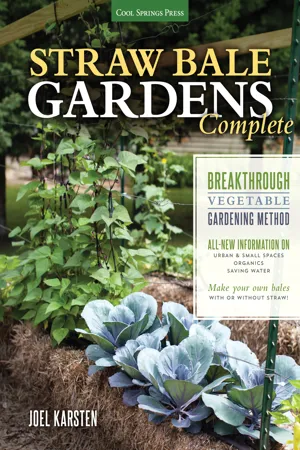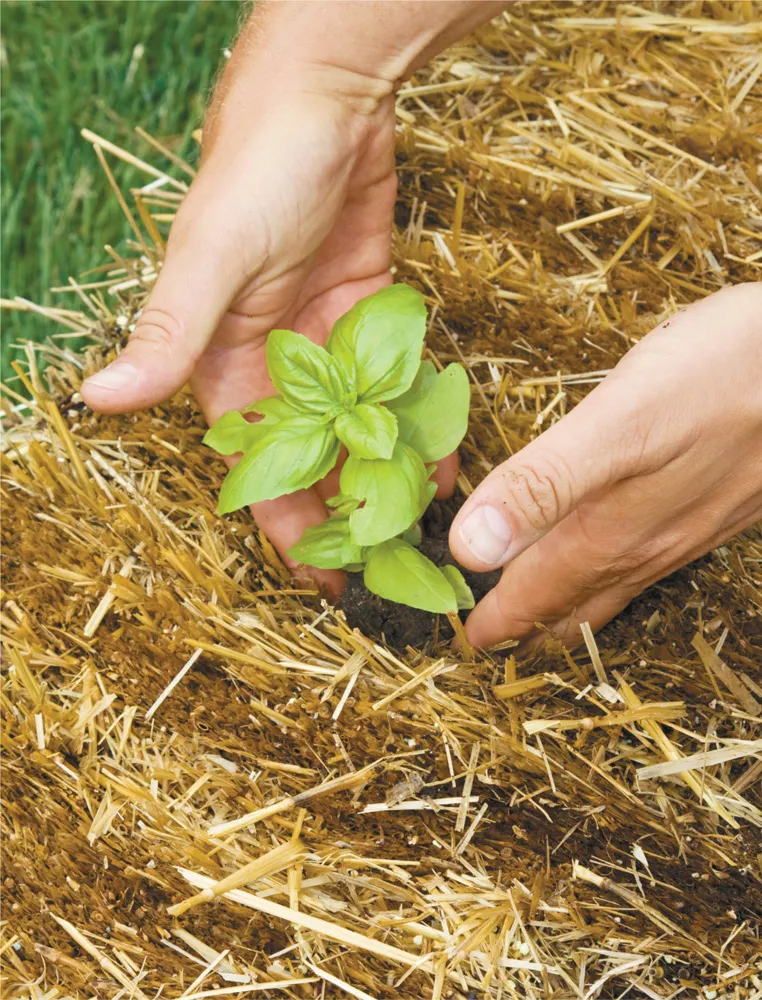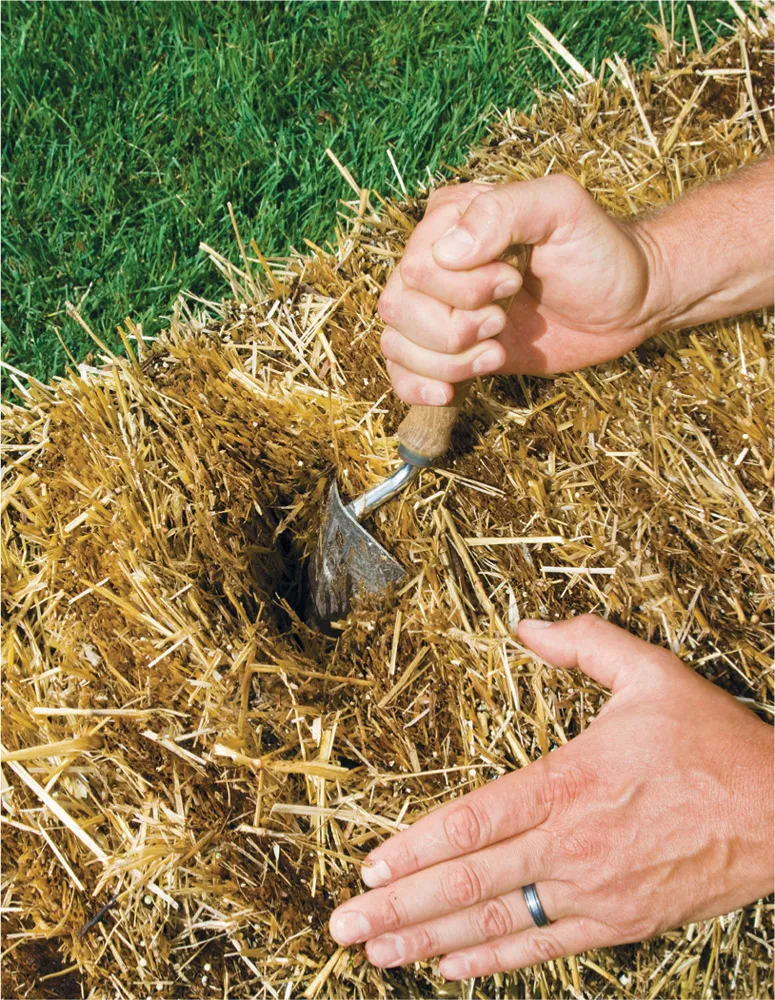
Straw Bale Gardens Complete
Breakthrough Vegetable Gardening Method - All-New Information On: Urban & Small Spaces, Organics, Saving Water - Make Your Own Bales With or Without Straw!
- 176 pages
- English
- ePUB (mobile friendly)
- Available on iOS & Android
Straw Bale Gardens Complete
Breakthrough Vegetable Gardening Method - All-New Information On: Urban & Small Spaces, Organics, Saving Water - Make Your Own Bales With or Without Straw!
About This Book
Take your straw bale gardening to the next level—in more places, with new products, and even sometimes skipping the straw entirely—with Straw Bale Gardens Complete.
The reception and enthusiasm for straw bale gardening, introduced in 2013, has proved revolutionary in vegetable growing. Why? Because the bold promises in the book are kept: grow vegetables anywhere, earlier in the year, with no weeding. Gardeners everywhere are excited. Straw bale gardening works! In just the short amount of time that has passed, the gardening world and Joel Karsten himself have learned even more about how to apply this method in just about any environment: on a city balcony, in a rocky outpost, in a desert, and even in the tundra of Alaska.
Straw Bale Gardens Complete contains all of the original information that has set the gardening world on fire. But it also goes much deeper, with nearly 50 pages of all-new advice and photos on subjects such as growing in a tight urban setting, making your straw bale garden completely organic, and using new fertilizers and conditioning products. There is even information on using straw bale techniques to grow veggies in other organic media for anyone who has a hard time finding straw.
Fans of Straw Bale Gardens will not want to miss adding Straw Bale Gardens Complete to their gardening library. There is, literally, nothing else like it!
Frequently asked questions
Information
Planting
SEEDS AND SEEDLINGS


Dig right in
Internal bale heat
Table of contents
- Cover
- Title Page
- Contents
- Introduction
- Sbgs in Small, Urban and Unusual Spaces
- Straw
- Planning your Straw Bale Garden
- Making your Own Bales
- Conditioning the Bales
- Organic Straw Bale Gardens
- Planting Seeds and Seedlings
- Straw Bale Greenhouse
- Growing your Straw Bale Garden
- Sbgs and Water
- Harvest Time
- What Remains is Gold
- Plant Profiles
- Photo and Garden Credits, Resources
- Conversions
- Index
- Meet the Author
- Dedication
- Copyright